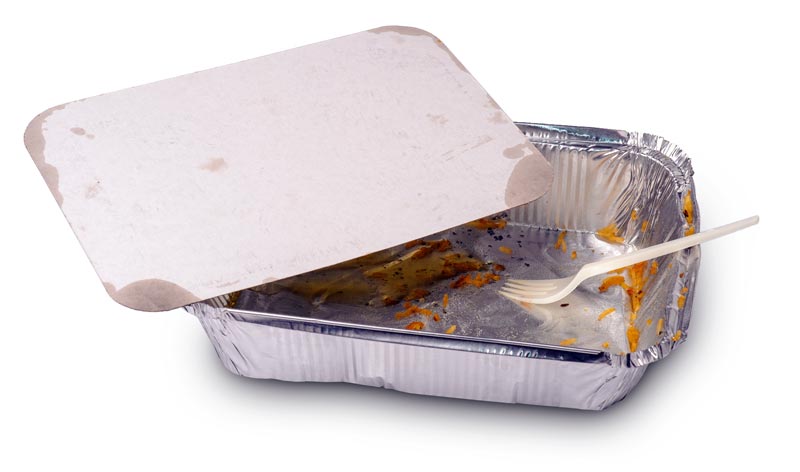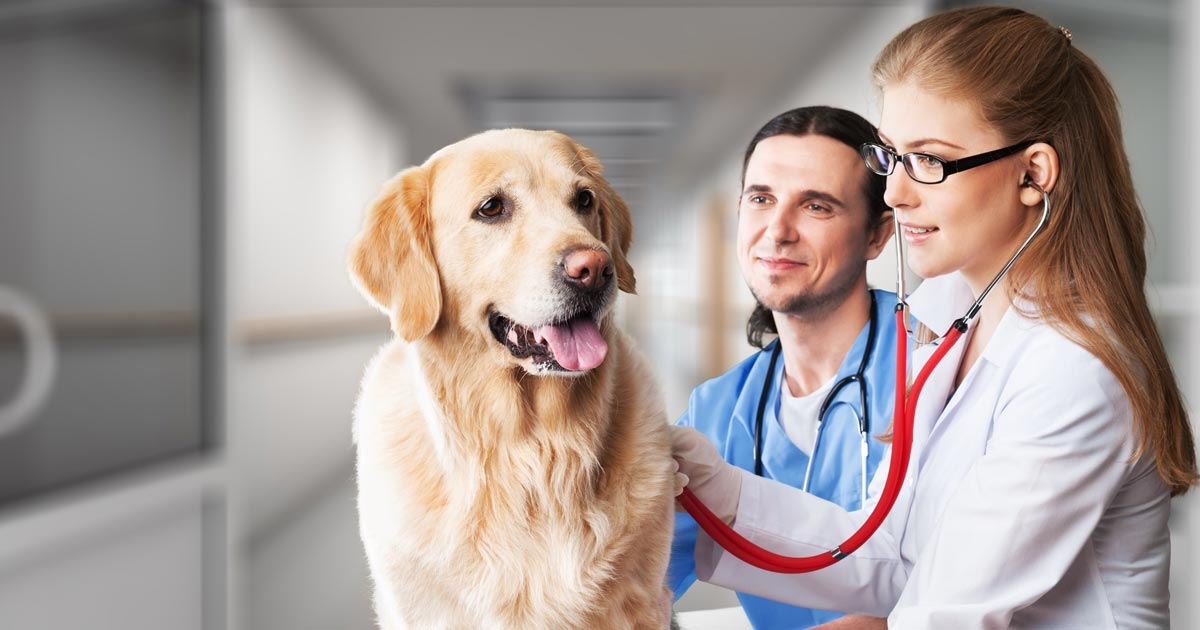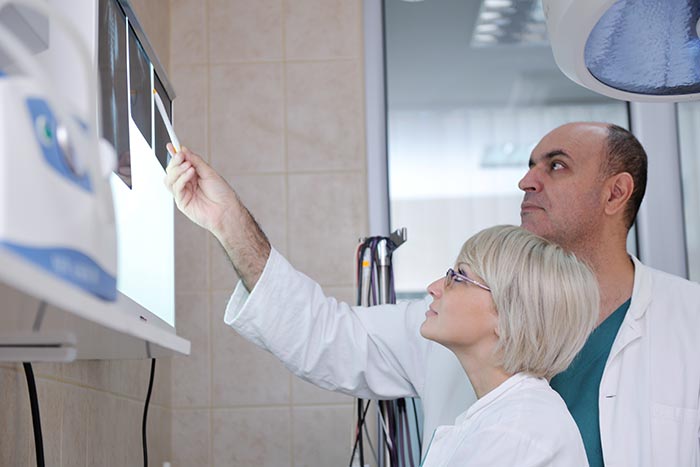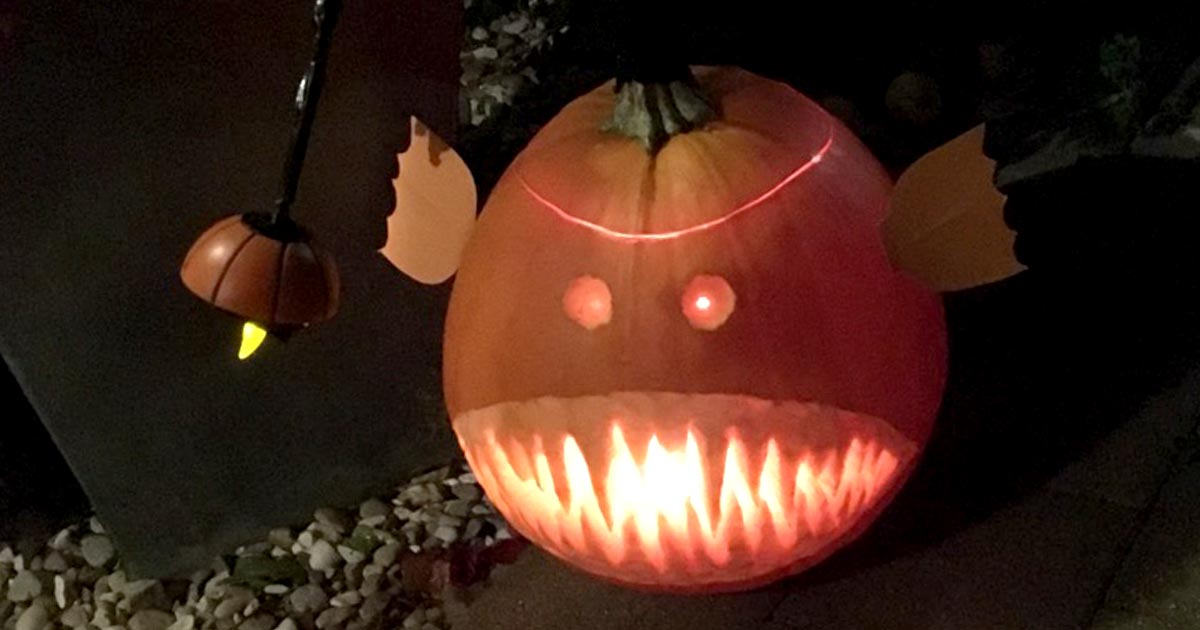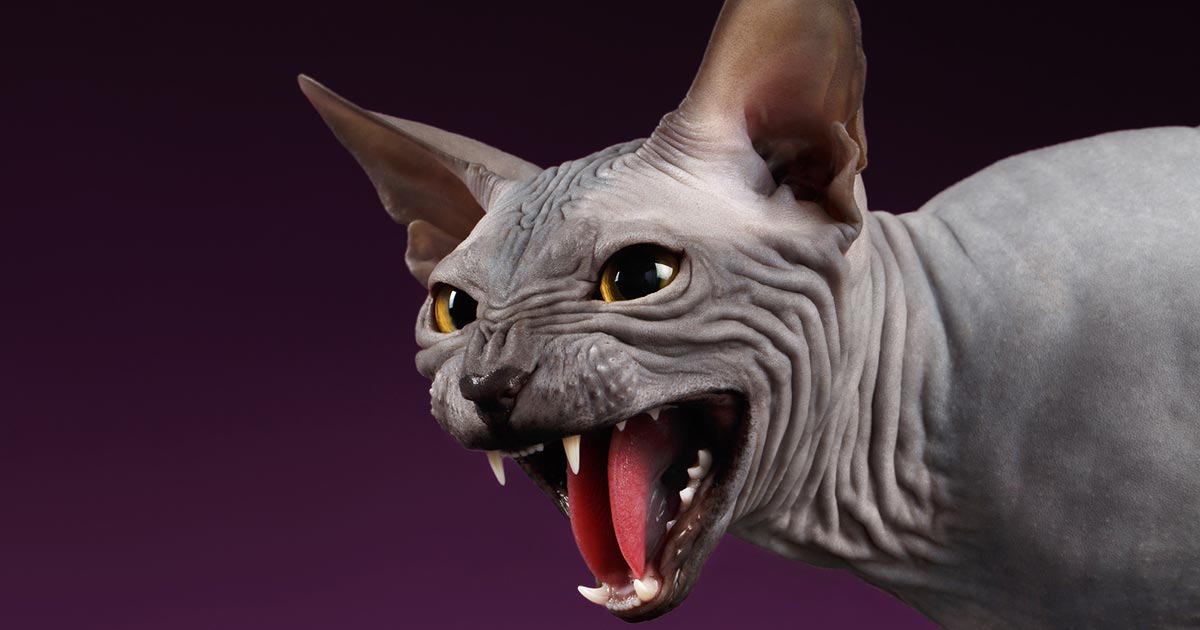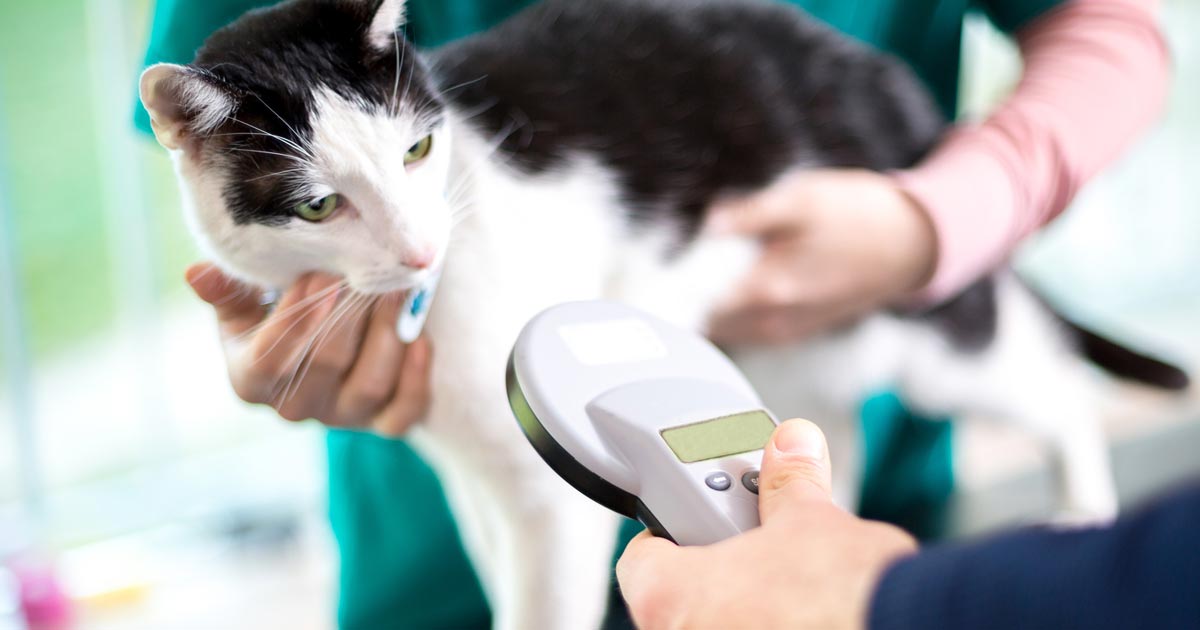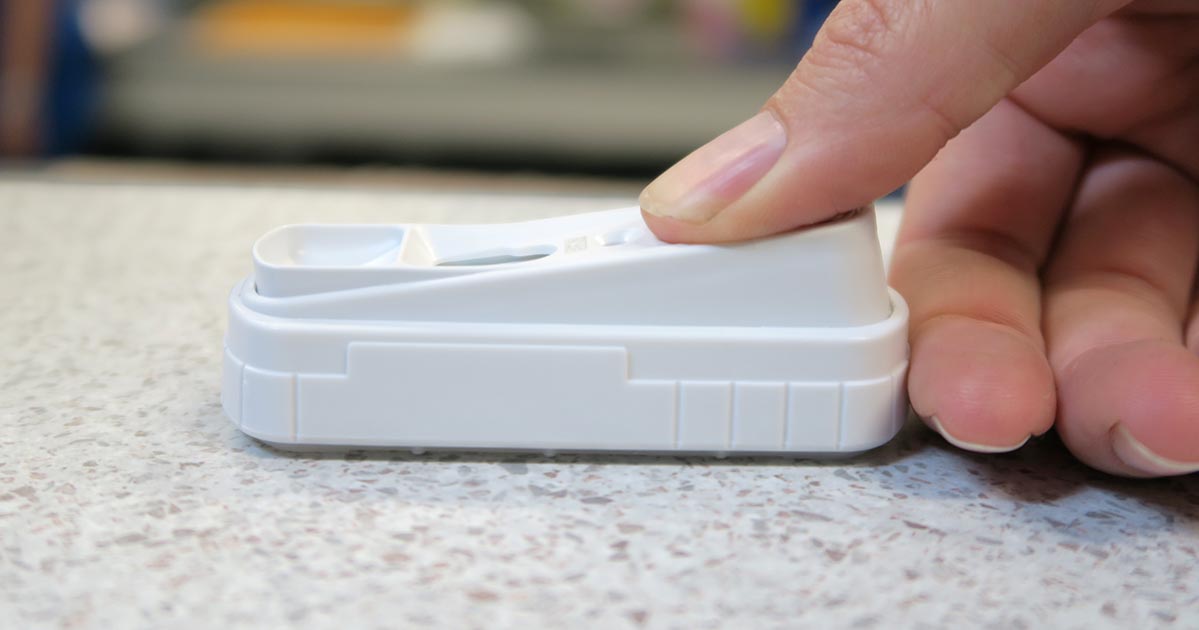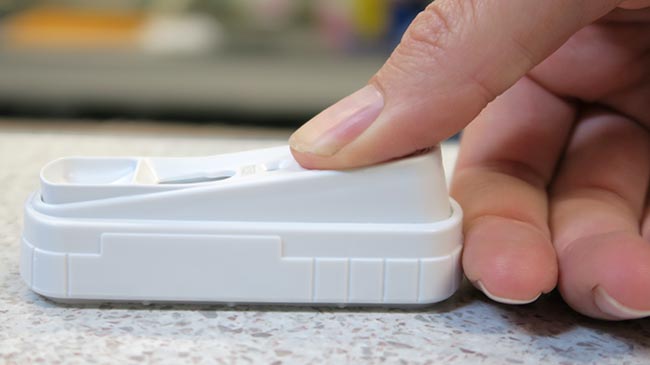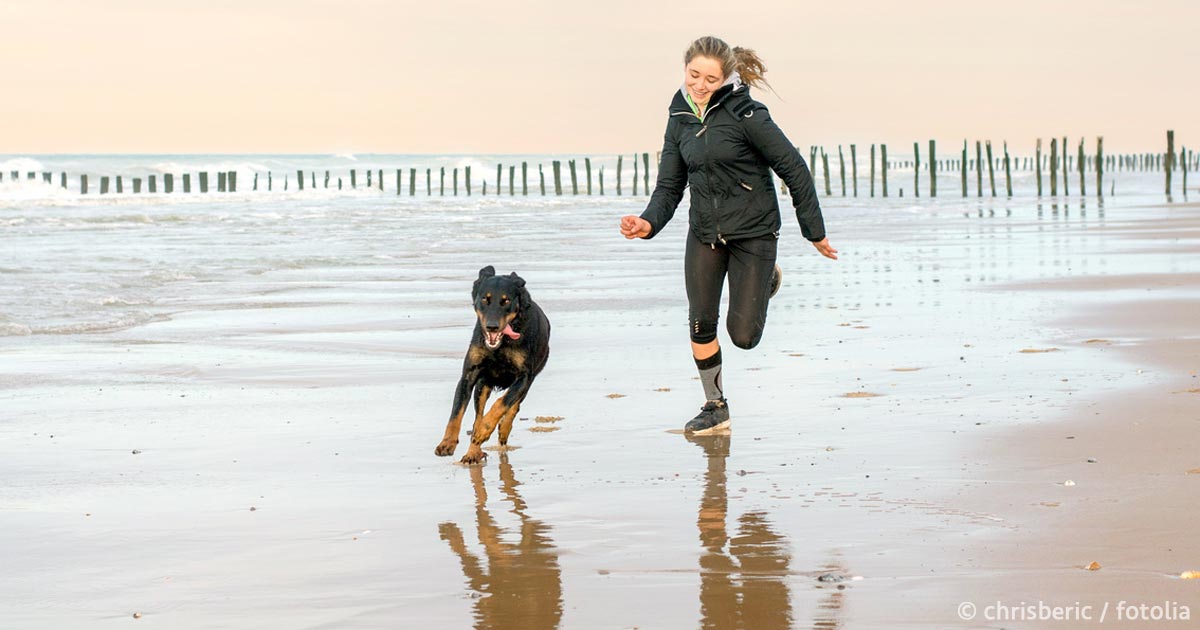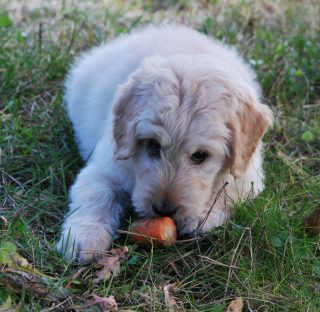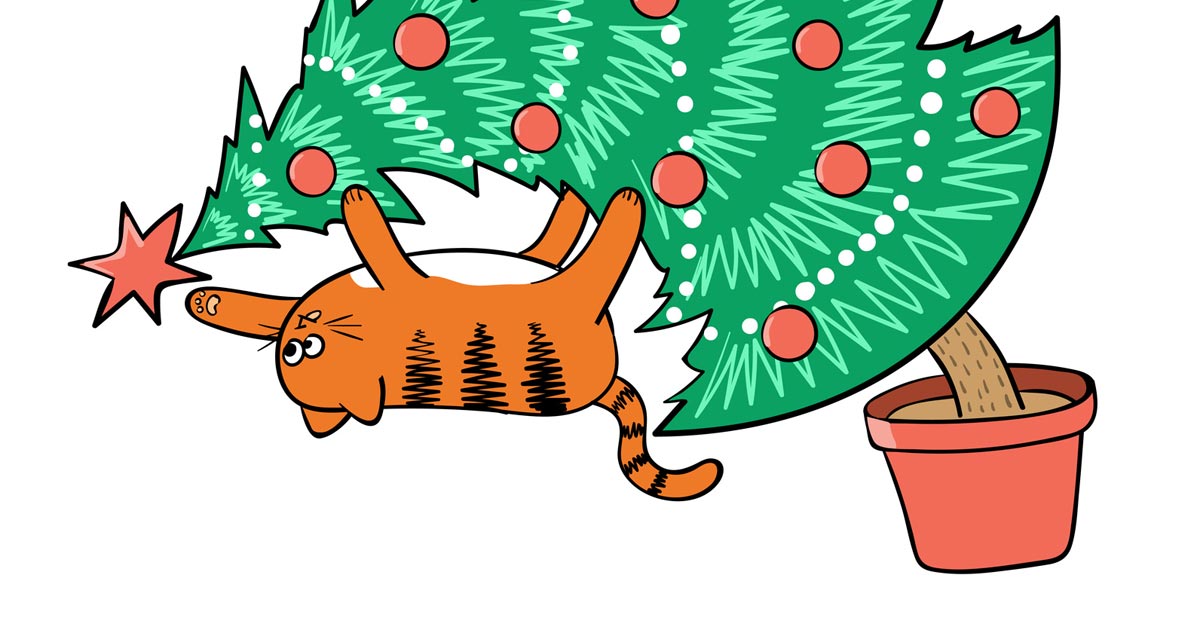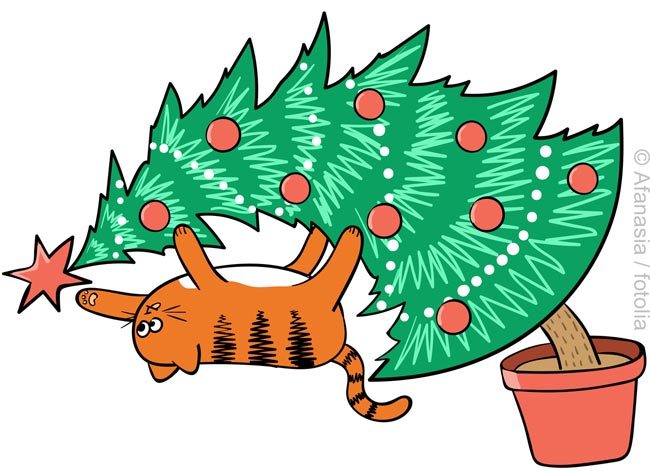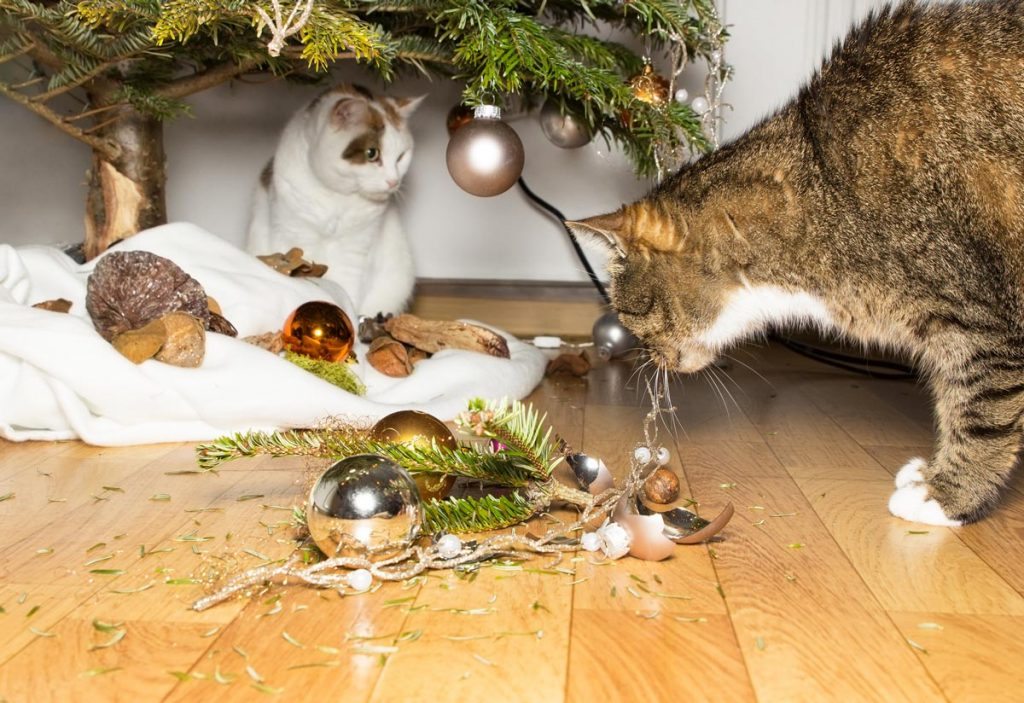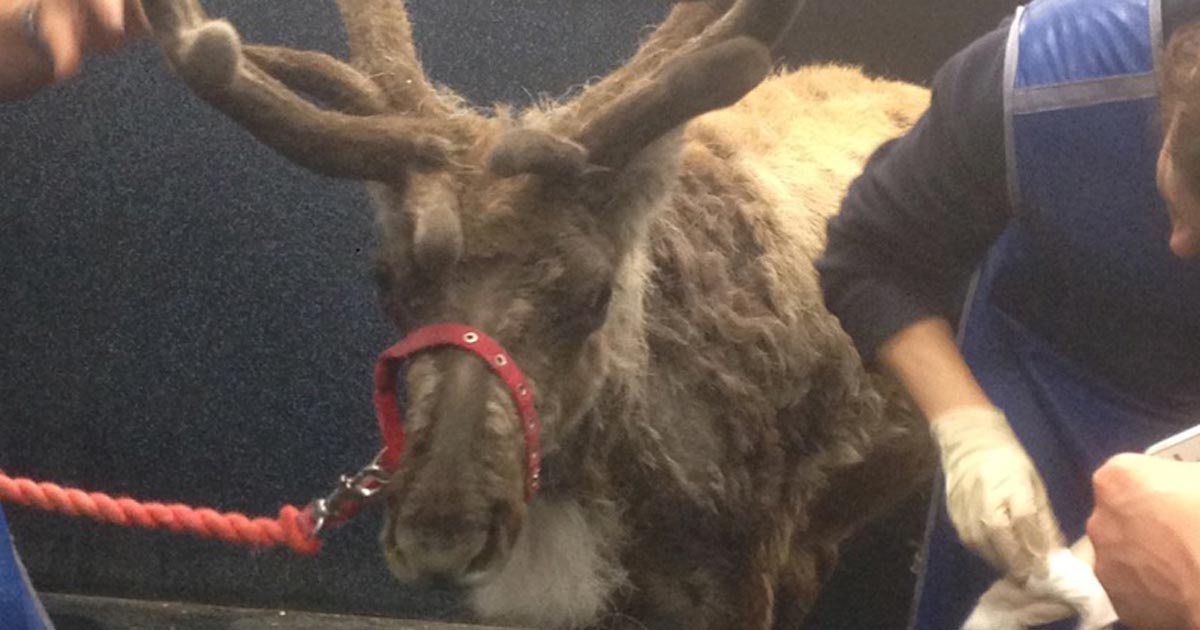It is a renowned fact among the veterinary profession that the number of brachycephalic breeds in rehoming centres is soaring.
As veterinary nurses it needs to be our role to educate owners-to-be on which breed of dog is the most suitable for their circumstances. This allows owners to make informed decisions when opting to either purchase a puppy or rehome a dog.
Statistics
In September 2017, Battersea Dogs and Cats Home published a press release featuring the story of Piccalilli the French bulldog, which also contained information on how the rehoming centre was experiencing an increase in the number of brachycephalic breeds needing homes. In 2017, it took in 29 French bulldogs for rehoming, whereas in 2014 only 8 were taken in.
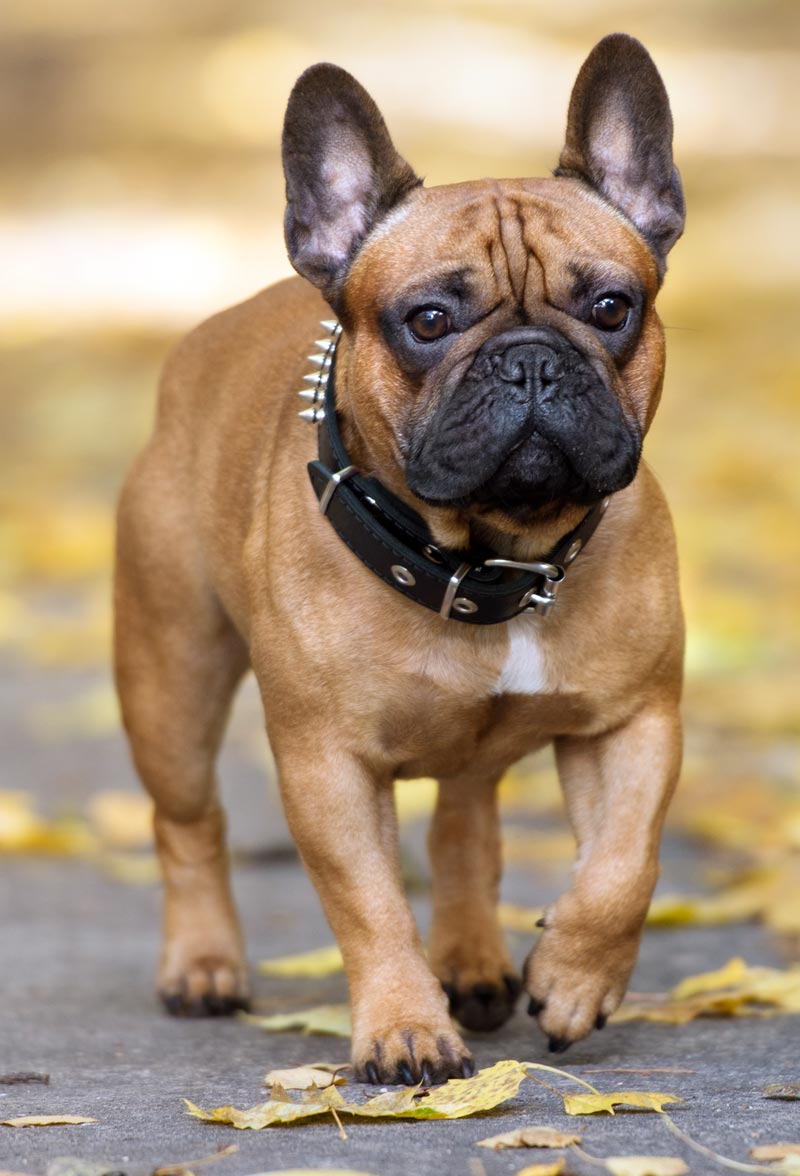
The Kennel Club (KC) also published data stating the amount of registrations for French bulldogs has also increased greatly. In 2007, 692 French bulldogs were registered. Whereas, by 2016, 21,470 were registered – that’s 20,778 more French bulldogs in the space of nine years.
In June 2018, The KC revealed the French bulldog had overtaken the Labrador retriever as the UK’s most registered puppy for the first time, with 8,403 French bulldog puppies registered in the first quarter of 2018, compared to 7,409 Labradors.
All in all, the breed has seen an “astronomical” 2,964% increase in the past 10 years, The KC said.
Why is this happening?
Pugs, French bulldogs and bulldogs – collectively known as “brachycephalic” breeds – are widely deemed as “fashionable” due to the number of celebrities who own and flaunt them on social media platforms.
The influence from celebrities and the media, such as TV adverts, are having a strong impact on the public’s demand and want for these breeds. They are being bred uncontrollably to emphasise the large bulging eyes, tight skin folds and extremely short snouts causing their distinctive “snorting” noise. These features on the pug and French bulldog are all considered as cute by members of the public, and demand is high for them – and where there is demand, there will always be supply.
Unrecognised health issues
The reason why we are seeing the increase of brachycephalic breeds in rehoming centres is due to the health problems owners are unaware of, and the lack of funding to afford the veterinary bills to manage or correct them.
When these dogs are bred irresponsibly (for example, to exaggerate the “flat face” look), they can incur a whole lot of health risks. The most common is brachycephalic obstructive airway syndrome, which occurs in all brachycephalic breeds to a greater or lesser extent.
Other health problems in these breeds include:
- entropion
- luxating patella
- hip dysplasia
- skin disease
- uroliths
- intervertebral disc disease
Owners are not being made aware substantially of these health risks and the seriousness of them – most of the disorders listed require either surgical correction/repair or life-long medication, which, in turn, costs a fair amount of money.
What can VNs do?
I believe nurse clinics are one of the most important aspects of our job.
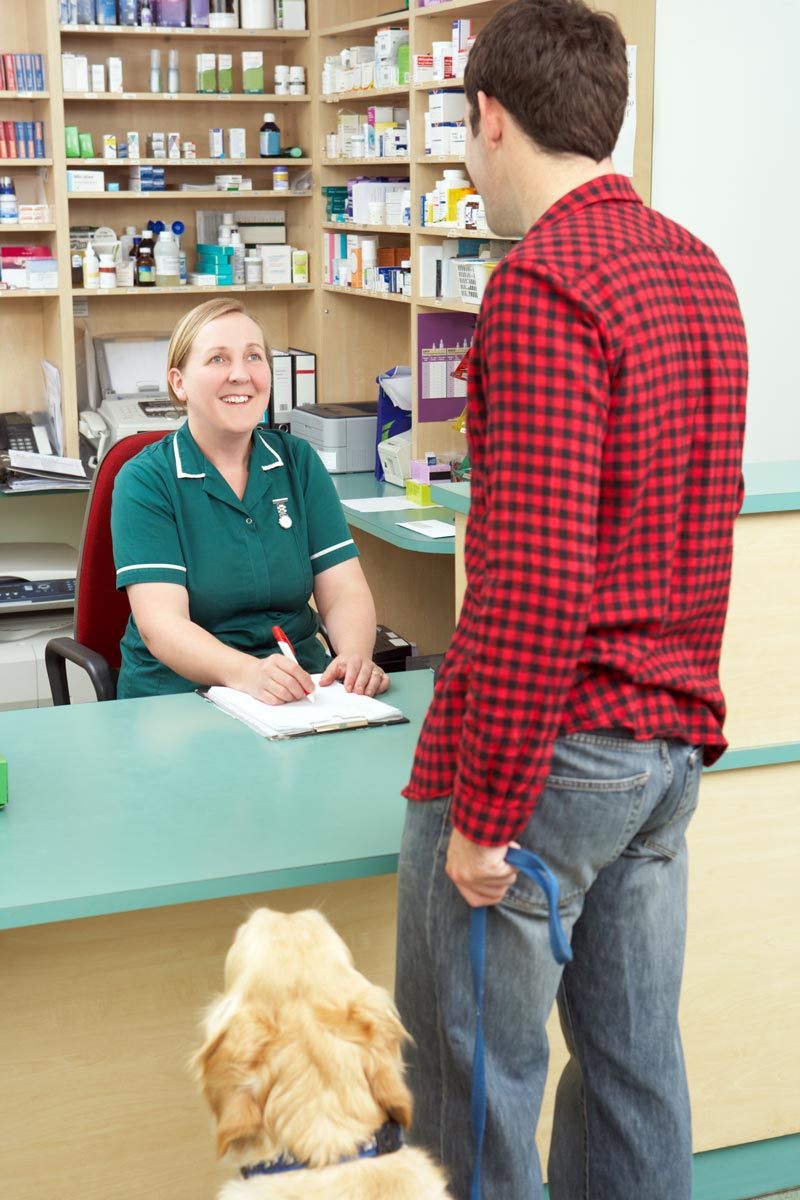
In clinics, we are given the opportunity to build up a rapport with clients and, consequently, a trust relationship with them. Often – as opposed to vet consultations – we can spend more time with our clients in a more relaxed setting. These are a great opportunity to educate clients and use tools to demonstrate our knowledge as VNs.
Done incorrectly, the prospect of pre-purchase consultations with nurses could come across to clients as “lecture-like” or monotonous, but they don’t need to be like this. Instead, they could be based on a puppy party structure, but for pre-puppy or dog owners.
Clarification for clients
To begin, prepare a questionnaire for them to fill out in advance, taking details of their home circumstances, then bring together a group of three or four clients to discuss different breeds and their suitability.
Informational leaflets can be designed for prospective owners, explaining how to choose a healthily bred puppy and what to ask breeders; and fact sheets could include details of breed health pre-dispositions, how much food and exercise certain breeds require, as well as information on training and puppy classes. A “pre-parent pack” could be put together containing this information.
If we can educate owners on health problems – not just brachycephalic breeds – it could deter clients from purchasing breeds inappropriate for them or their lifestyles, and provide accurate information on how to purchase responsibly. This could contribute to breaking the “supply and demand” cycle of irresponsibly bred dogs.



